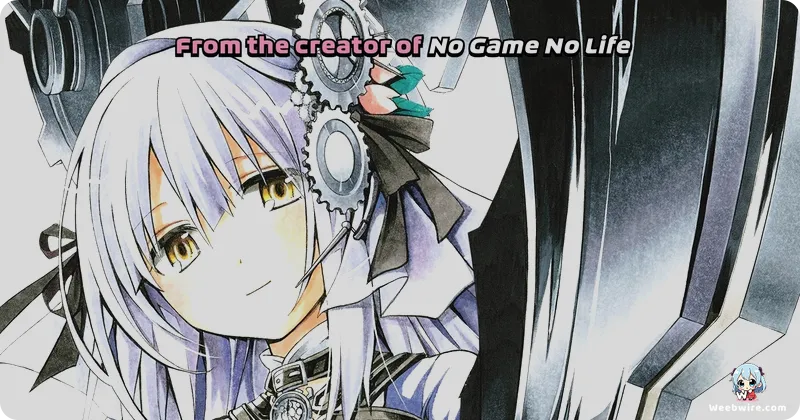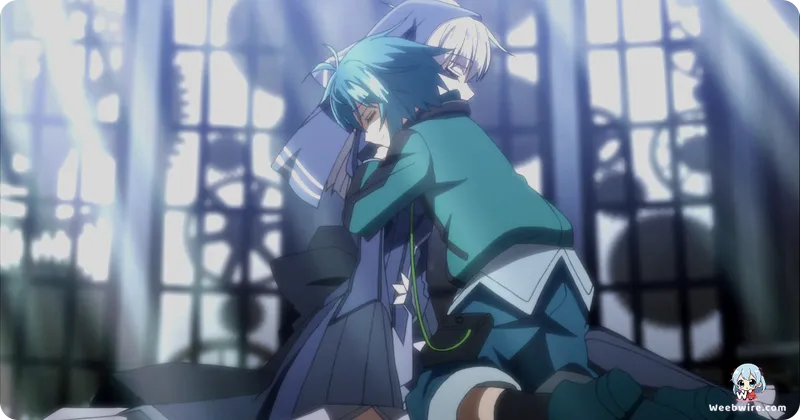Unlocking the Gears: The Hidden Lore and Engineering Secrets of Clockwork Planet Revealed

The 2017 anime series Clockwork Planet, produced by Studio Xebec, transports viewers into a colossal, gear-driven world. This ambitious project is based on the critically acclaimed light novels written by the collaborative duo of Yuu Kamiya and Tsubaki Himana, featuring illustrations by Shino. The narrative is set on a meticulously engineered Earth, which was entirely reconstructed from an infinite network of cogs, springs, and screws following a catastrophic global collapse that occurred a millennium ago. While the televised adaptation consisted of only 12 episodes, the light novel source material offers a wealth of conceptual depth and technical trivia that emphasizes the immense scale of this fictional engineering marvel.
The Systematic Genius of Yuu Kamiya
A key factor in the series' foundation is the involvement of Yuu Kamiya, globally recognized for creating the vibrant, rules-based fantasy realm of No Game No Life (NGNL). While NGNL is celebrated for its strategic games and bright aesthetic, Clockwork Planet showcases a significantly different facet of Kamiya's prodigious talent. Both works share a fundamental DNA of rigorous, systematic world construction. Where NGNL is governed by the absolute authority of the Ten Pledges, Clockwork Planet operates under the uncompromising, precise laws of mechanics that literally hold the globe together. This shift from a reality solved by clever strategy to one maintained by mechanical precision underscores Kamiya's versatility. The complexity of managing the 'Planet of Gears' necessitated a collaborative approach, with Tsubaki Himana co-authoring the series to ensure the intense mechanical world-building was perfectly balanced with compelling character arcs and human drama involving the mechanical enthusiast Naoto Miura and the prodigy engineer Marie Bell Breguet.
The Lore of the Planet of Gears
The genesis of the planet is a staggering piece of lore: it was rebuilt 1,000 years prior by the enigmatic master engineer known only as 'Y.' Every natural feature, including the oceans, mountains, and continents, was replaced by giant clockwork mechanisms. The stability of this artificial world is entirely dependent on the continuous, unerring rotation of these internal gears. The arrival of Naoto Miura, a high school dropout with an obsessive affinity for mechanics, introduces a critical anomaly that threatens the planet’s rigid, engineered order. Although the 12-episode anime faced challenges in fully visualizing the profound engineering scope, the light novels meticulously detail the maintenance and inner workings, treating the clockwork world as a legitimate, albeit fictional, technical discipline.

Horological References and Core Themes
Further enriching the narrative is the deliberate use of horological references. Marie Bell Breguet, a central figure, is named after the famed Breguet family, honoring Abraham-Louis Breguet, the historical inventor of the tourbillon. This subtle naming convention immediately links the fictional characters to a legacy of genuine mechanical excellence. Complementing this is RyuZU, the foundational Initial-Y Series automaton created by 'Y.' Her designation, 'Y,' subtly echoes Yggdrasil, the Norse mythological world tree that binds the cosmos, positioning RyuZU and her sisters as the crucial, cosmic pillars that uphold this massive artificial planet. RyuZU's personal journey, dealing with a mysterious 'malfunction' and forging a bond with Naoto, explores the philosophical tension between the absolute predictability of mechanics and the unpredictable potential of human passion, a core theme inherited directly from the source material's deep philosophical underpinnings.
Adaptation Challenges for Studio Xebec
From a production viewpoint, Studio Xebec faced the Herculean task of translating Kamiya’s dense, technical writing into visually appealing, flowing animation. The sheer informational density of the light novels meant the 12-episode format was severely constrained, leading to observations from fans that crucial plot points and world-building explanations felt rushed. Clockwork Planet thus serves as a powerful illustration of the inherent challenges in adapting highly conceptual, rigorously defined science fiction, demanding more screen time than typical seasonal schedules permit. Despite these pacing issues, the series remains a compelling high-concept endeavor, cementing its status as a unique, gear-driven alternative in the landscape of post-apocalyptic anime.
Credits
Clockwork Planet
Author
Yuu Kamiya & Tsubaki Himana
Cover Art
Shino
Studio
Xebec
Publisher
Kodansha (Kodansha Ranobe Bunko)
Producers





